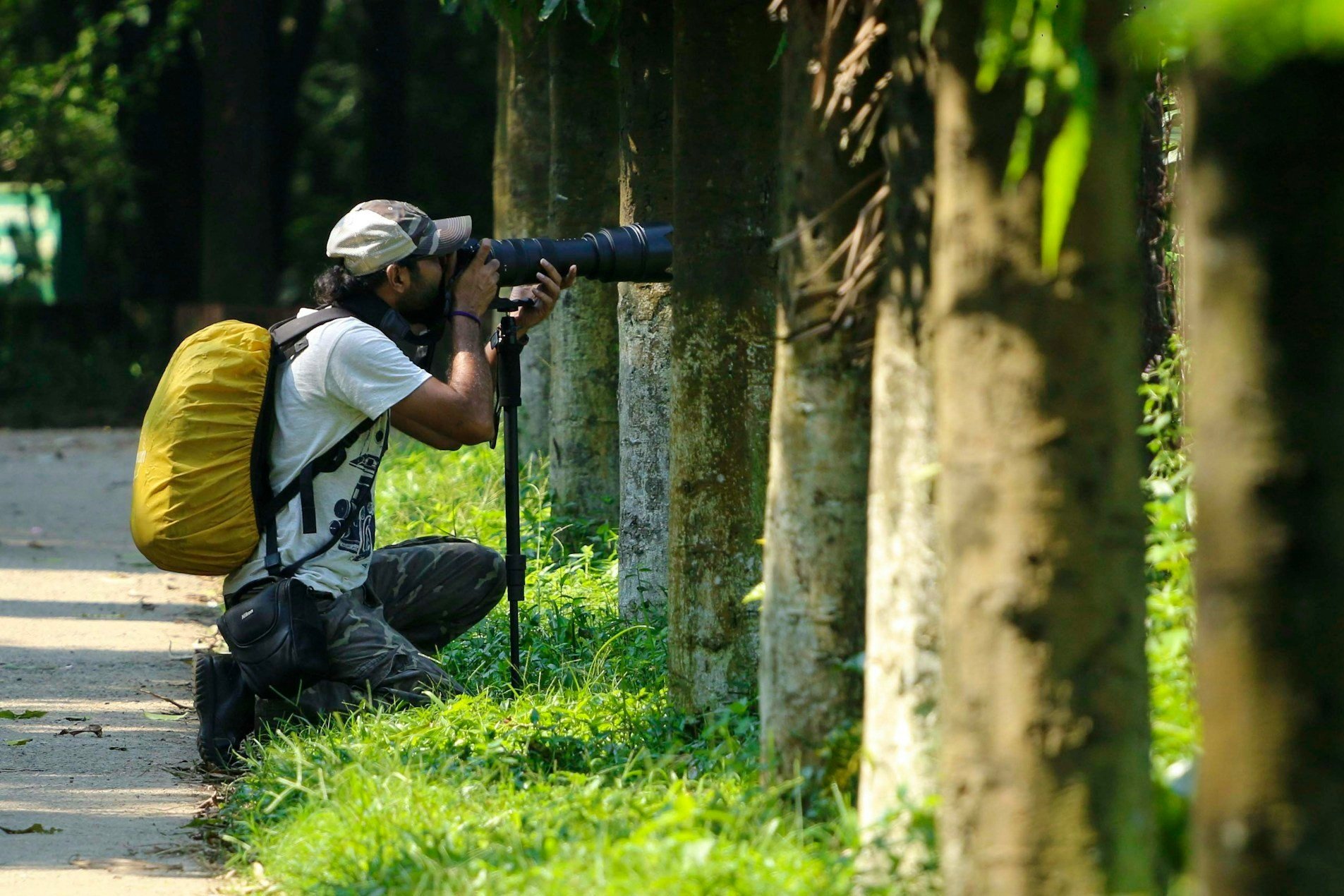Food Security in Sustainable Food Production
Picture this: a world where every click of your camera captures vibrant fields, majestic wildlife, and thriving ecosystems. Now imagine these landscapes vanishing, replaced by barren soils and food insecurity. It’s a stark contrast, isn’t it? Food security and sustainable food production are deeply interwoven, ensuring that the lush world we love to explore and document remains a reality for generations to come. Let’s embark on this journey to understand how we can harmonize feeding the world while preserving its natural wonders.
Learn how your choices in sustainable food products can protect ecosystems, reduce waste, and support global food security (C) Megan Thomas
What Is Food Security?
At its core, food security means that all people, at all times, have access to sufficient, safe, and nutritious food to maintain a healthy and active life. It’s not just about having enough to eat—it’s about ensuring food is produced and distributed in ways that respect our planet.
For wildlife enthusiasts and globetrotters, this translates to maintaining ecosystems that sustain life—not just for us but for the creatures we love to photograph and the landscapes we adore exploring.
Sustainable Food Production: A Symphony of Nature and Science
Sustainable food production is like conducting a symphony where every player, from soil to pollinators, performs in harmony. It encompasses:
Precision Agriculture: Using technology to reduce waste and optimize resource use.
Agroecology: Embracing farming techniques that mimic natural ecosystems.
Biodiversity Conservation: Protecting wildlife habitats while farming sustainably.
Relatable Example:
Imagine a farmer adopting crop rotation and reducing pesticide use, resulting in healthier soil and a thriving ecosystem. It’s like giving nature its rhythm back, allowing pollinators like bees to flourish—a win-win for farmers and photographers capturing their charm.
The Wildlife Connection: Why It Matters
When food production becomes unsustainable, natural habitats are often the first to suffer. As travelers and nature lovers, we’ve seen deforestation and monoculture farming encroach upon the habitats of elephants, tigers, and countless species.
Actionable Insight:
Supporting shade-grown coffee or products from sustainable farms not only ensures your caffeine fix but also protects forests home to unique wildlife. Small choices can have monumental impacts.
Key Challenges
Population Growth and Resource Depletion:
By 2050, the global population is expected to reach 10 billion, necessitating a significant increase in food production without depleting natural resources.
Shrinking arable land, climate change, and biodiversity loss exacerbate the challenges of sustainable agriculture.
By 2050, the global population is expected to reach 10 billion, necessitating a significant increase in food production without depleting natural resources.
(C) Manson Yim
Food Waste and Losses:
Between 30% and 50% of food produced globally is wasted or lost at various stages of the supply chain, increasing environmental footprints.
Inefficient harvesting processes, poor storage facilities, and consumer behavior contribute to these losses1.
Climate Change:
Extreme weather events disrupt crop yields and threaten food security by making agricultural systems less predictable.
Food Safety Risks:
Transitioning to circular food systems (e.g., recycling nutrients) can introduce risks such as pathogen accumulation if not managed properly.
Challenges on the Horizon
From climate change to overfishing, the hurdles to sustainable food production are vast. Consider the impact of rising temperatures on fragile Arctic ecosystems, a favorite spot for wildlife photographers. Melting ice impacts the food chain, from plankton to polar bears.
Relatable Example:
The next time you snap a photo of a polar bear, remember its existence is tied to food security in its habitat—a sobering reminder of our responsibility.
Solutions and Innovations
The good news? Innovations abound.
Vertical Farming: Bringing food production closer to urban centers.
Regenerative Agriculture: Enhancing soil health through natural techniques.
Plant-Based Diets: Reducing demand for resource-intensive animal farming.
Pro Tip for Travelers:
Pack snacks from brands that prioritize sustainable sourcing. It’s a simple way to fuel your adventures while supporting ethical practices.
Conclusion: A Call to Action for Nature’s Stewards
As wildlife photographers, travelers, and nature lovers, we have the power to influence change. By choosing sustainable options, supporting ethical farmers, and advocating for policies that protect ecosystems, we contribute to a world where food security and biodiversity coexist.
So, the next time you set out on an adventure, let your lens capture not only beauty but also the promise of a sustainable future. Share your experiences, spread awareness, and inspire others to join this mission. Together, we can ensure that the stories we tell through our art and travels remain vibrant for generations to come.
Q&A Section
How can circular food systems reduce food waste and improve sustainability?
Circular food systems focus on recycling nutrients and materials, minimizing waste at every stage of the food production process. By transforming food waste into fertilizers or animal feed, these systems reduce dependency on synthetic inputs and support a closed-loop approach to agriculture. This reduces the environmental footprint and enhances resource efficiency.
What are the main challenges in achieving sustainable food security?
The challenges include population growth, climate change, resource depletion, and biodiversity loss. Additionally, food waste, inefficient supply chains, and economic inequalities make it difficult to ensure access to nutritious food for all while preserving ecosystems.
How does the use of antimicrobials in food production impact sustainability?
Excessive use of antimicrobials, such as antibiotics, in agriculture can lead to antimicrobial resistance. This not only poses a health risk but also disrupts ecosystems by affecting soil and water quality, thus undermining sustainable food production practices.
What role does artificial intelligence play in reducing food losses and waste?
AI can optimize supply chains, predict demand, and reduce overproduction, minimizing waste. It can also monitor food quality, detect spoilage, and enhance storage efficiency, ultimately supporting sustainability in food systems.
How can shifting to plant-based diets contribute to food security?
Plant-based diets require fewer natural resources compared to animal-based diets. Reducing meat consumption and focusing on plant-based nutrition can lower greenhouse gas emissions, conserve water and land, and ensure more equitable food distribution globally.
For more blog articles related to wildlife, nature, photography, and traveling, visit my blog: Damith Danthanarayana's Blog.
Search the blog:
The path to a sustainable future is paved with fields that feed us and protect the planet (C) Bill Wegener
Sustainable food production is the bridge between feeding humanity and preserving biodiversity (C) Ryan Searle
Every bite we take is a choice—let's choose to nurture nature through sustainable practices (C) Paul Schellekens





















